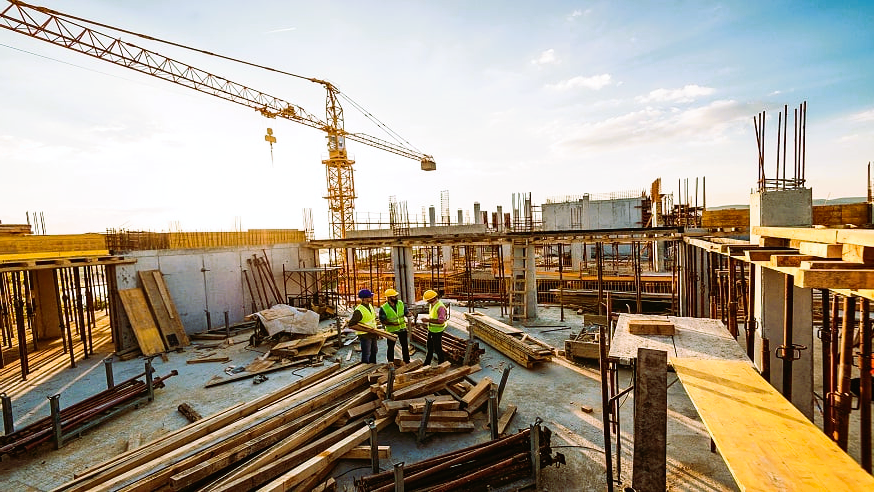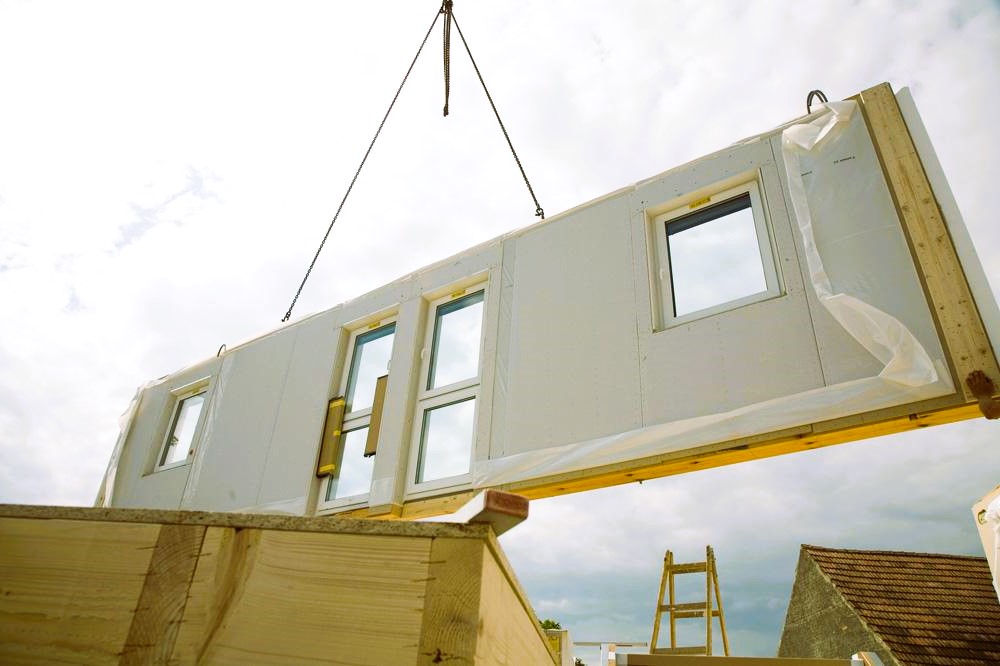The construction industry, a cornerstone of human progress, is undergoing a transformative evolution, driven in part by advancements in construction materials. The traditional materials that have shaped our built environment for centuries are now being reimagined and reinvented to meet the challenges of the future. This article delves into the cutting-edge innovations and futuristic possibilities that are shaping the next generation of construction materials.
The Evolution of Construction Materials:
The history of construction materials is a narrative of discovery, innovation, and adaptation. From the first structures crafted with wood and stone to the advent of concrete and steel, each era has brought forth materials that defined the architectural landscape. As we stand on the brink of a new era, technological breakthroughs and sustainability imperatives are steering the evolution of construction materials towards uncharted territories.
Cutting-Edge Innovations:

1. Graphene:
- Overview: A single layer of carbon atoms arranged in a hexagonal lattice, graphene is renowned for its exceptional strength and conductivity.
- Potential Applications: Reinforcing concrete, enhancing the durability of materials, and revolutionizing electrical conductivity in construction components.
- Future Impact: Graphene holds the promise of creating materials that are stronger, lighter, and more sustainable than current alternatives.
2. Self-Healing Concrete:
- Overview: Engineered with bacteria or capsules containing healing agents, self-healing concrete can repair cracks autonomously.
- Potential Applications: Infrastructure with increased longevity, reduced maintenance costs, and enhanced resilience against wear and tear.
- Future Impact: The integration of self-healing properties could redefine the lifespan and maintenance requirements of concrete structures. Read our guide about basic safety rules in construction.
3. Transparent Aluminum:
- Overview: Inspired by science fiction, transparent aluminum is a ceramic material with remarkable transparency and strength.
- Potential Applications: Windows and facades that offer both strength and transparency, providing new possibilities for architectural design.
- Future Impact: Transparent aluminum may redefine the aesthetics and structural capabilities of building exteriors.
4. Aerogels:
- Overview: Extremely lightweight materials with a gel-like structure, aerogels boast remarkable thermal insulation properties.
- Potential Applications: Insulating materials for improved energy efficiency, especially in extreme temperatures.
- Future Impact: Aerogels could play a pivotal role in creating environmentally sustainable buildings with reduced energy consumption.
Sustainability Imperatives:
As the construction industry grapples with the challenges of climate change and resource depletion, sustainability has become a driving force in shaping the future of construction materials. Sustainable materials prioritize eco-friendly sourcing, reduced environmental impact, and recyclability. The following materials exemplify this sustainability-focused trajectory:
1. Bamboo:
- Sustainability: Rapid growth, minimal environmental impact, and renewability make bamboo an eco-friendly alternative to traditional construction materials.
- Applications: Structural components, flooring, and even as a replacement for steel reinforcement in concrete.
- Impact: Bamboo’s sustainable qualities align with the industry’s push towards greener and more responsible construction practices.
2. Hempcrete:
- Sustainability: Made from hemp fibers, lime, and water, hempcrete is a carbon-negative material with excellent insulation properties.
- Applications: Building blocks, insulation, and plaster for walls.
- Impact: Hempcrete offers a sustainable alternative to traditional concrete, sequestering carbon during its lifecycle.
3. Recycled Plastic Building Blocks:
- Sustainability: Utilizing recycled plastics in construction reduces the environmental impact of plastic waste.
- Applications: Building blocks, panels, and other structural components.
- Impact: Transforming plastic waste into construction materials addresses environmental concerns and promotes circular economy practices.
Future Challenges and Opportunities:

While the future of construction materials holds immense promise, it also presents challenges that must be addressed. Regulatory frameworks, industry collaboration, and public perception play crucial roles in facilitating the adoption of innovative materials. Additionally, the construction industry must navigate economic considerations and potential resistance to change. Overcoming these challenges will unlock the full potential of futuristic construction materials.
Industry Standards and Guidelines:
For a deeper understanding of the future of construction materials and industry standards, readers are encouraged to explore resources provided by Wikipedia. These platforms offer valuable insights into construction materials, emerging technologies, and guidelines for sustainable construction practices.
Conclusion:
The future of construction materials is characterized by a dynamic interplay of innovation, sustainability, and adaptability. From graphene-infused concrete to transparent aluminum, the materials shaping the buildings of tomorrow are pushing the boundaries of what was once considered possible. As the construction industry navigates these uncharted territories, the quest for materials that are stronger, more sustainable, and economically viable continues. By embracing these advancements, builders and industry professionals can contribute to a future where construction is not just a necessity but a beacon of innovation and responsible stewardship of our planet’s resources.




